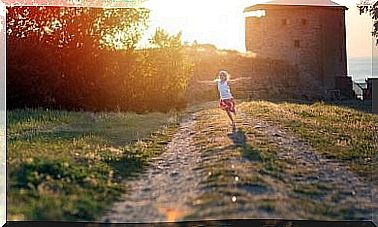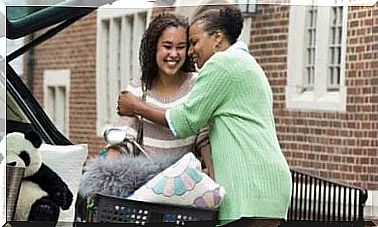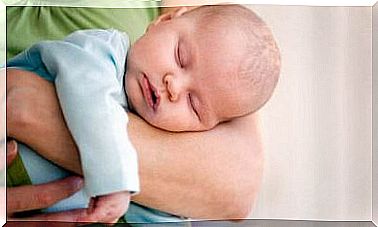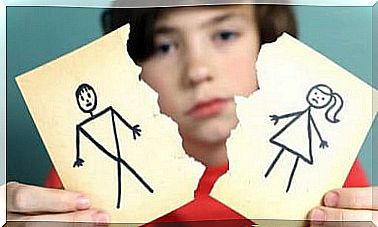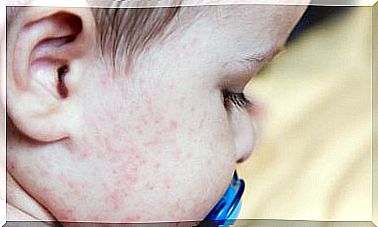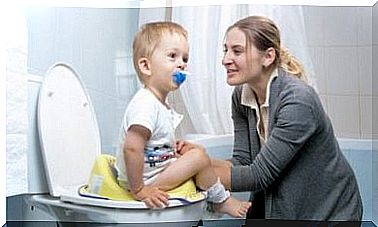The Benefits Of Walking Barefoot For Children
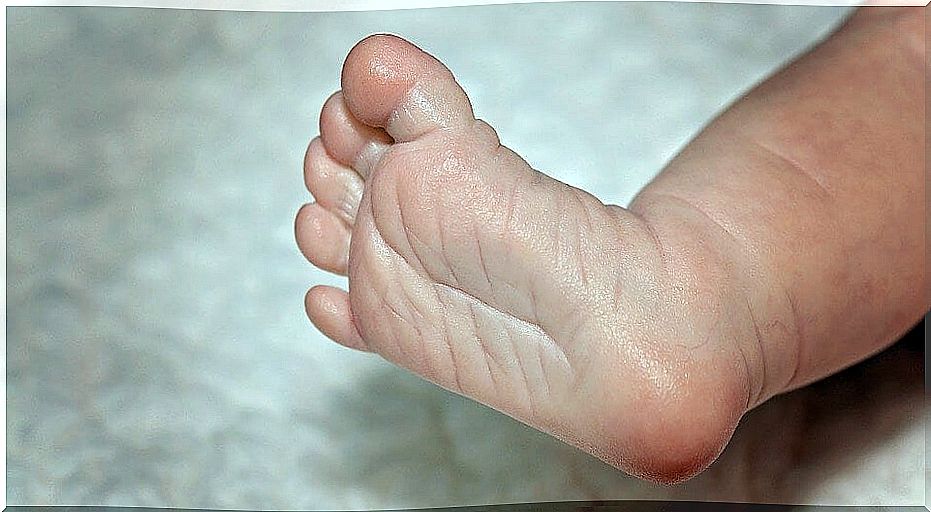
Children often wear shoes from birth to protect them from sharp objects, germs, dirt and other dangers. But even if parental concerns are justified, it is counterproductive to avoid going barefoot for children altogether.
Parents often insist that their children always wear shoes because they are unaware of the great benefits of going barefoot for children .
It is important to know that babies up to 8 or 9 months of age are more sensitive to the soles of the feet than the palms of their hands. It is therefore known that caressing the feet has a direct impact on tactile sensitivity and neurological development.
Why is going barefoot beneficial in children?
Children should be allowed to go barefoot a little every day so that they can feel more secure in their surroundings. By this we mean not only good posture and good balance, but also emotional security, which is created by a direct connection to the floor. In other words, when children walk barefoot on the floor with the soles of their own feet, it helps to increase the feeling of familiarity and thus self-confidence.
1. Walking barefoot in children improves foot development
Children have to walk something every day without shoes. As a result, the feet can actually develop much better and more freely. Walking barefoot enables them to develop a balanced gait and prevent walking on the ball of the ball or heels.
Note that heel walkers use the most force to walk on their heels, while ball walkers put most of the force on their forefoot, making them appear to be tiptoeing. The gait is not only important for the overall posture, various activities or sports (e.g. dance) also depend heavily on it.
Walking barefoot stimulates toe grip and the proper development of the bones and ligaments of the foot. The later the child wears shoes, the more beneficial it will be for their growth.
2. You have a more direct contact with nature
When children go barefoot on the beach, they feel a very pleasant and satisfying feeling of freedom. This has to do with the need for a complete sensory experience, as it was the case millions of years ago when people always went barefoot and fully developed their senses.
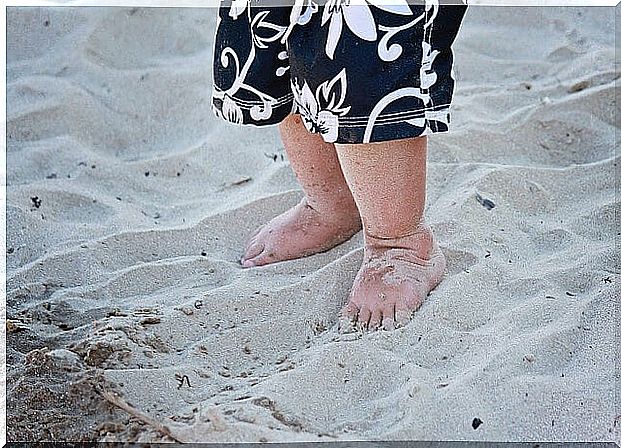
3. The nervous system is stimulated
Furthermore , walking barefoot stimulates the nervous system of children and supports better body awareness. With several nerve endings and pressure points on the feet that transmit information to the brain, the child without shoes knows where their body is in space and how to move through them.
4. The feet become less prone to injuries
Walking barefoot in children strengthens their feet, lower legs, and ankles, making them less prone to injury. In addition, joints and foot muscles are strengthened.
5. It improves spatial awareness
Another benefit of going barefoot for children is that their perception of the environment and their relationship with it develop much better. If children are better able to localize and identify objects in their environment, they can also better recognize possible dangers (e.g. a speeding car).
When should babies wear shoes?
Contrary to the practice of many parents, who let their children wear shoes all the time from an early age, it is best to only let the child wear socks or light slippers at home.
Your children’s feet are fully growing and should not be subjected to pressure. For certain purposes (e.g. if there is a risk of injury) or occasions, however, shoes can be worn without any problems. As the baby begins to take their first steps, they can wear the shoes longer, especially outdoors.
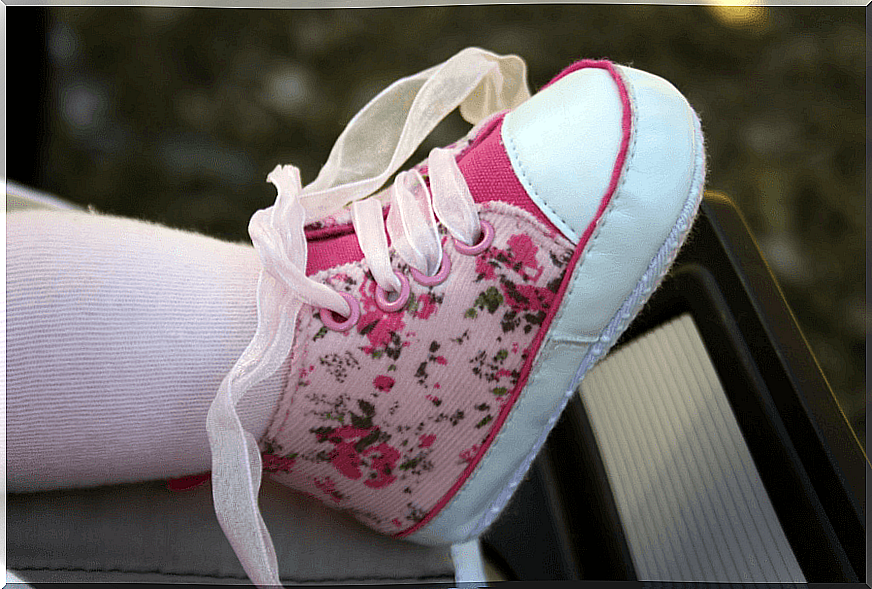
Which shoes are suitable for the first year of life?
If the child starts running at 12 to 15 months of age and needs to wear shoes, the shoes should be suitable for their feet. If your child is uncomfortable with the shoes, try others.
Parents should consider the following points when they are looking for their first shoes:
- Shoes should protect and protect the foot, but not restrict it or isolate it from external stimuli. This means that the child must be able to control their balance, movement and posture and that the soles of the feet must have optimal contact with the ground.
- The shoes must be made from natural materials. This makes them breathable and prevents allergic reactions.
- The soles of the shoes should be non-slip and flexible so that the child can bend their feet easily when walking.
- The toe of the shoe should be rounded and wide. This allows the toes to move freely. Make sure there is 5 to 15 millimeters between the end of the longest toe and the shoe.
Walking barefoot for children is not dirty, it is completely natural and even necessary for the physical development of children.
Of course, you don’t have to overdo it. Not too much shoes and not too much barefoot walking for children You have to keep the balance to get all the benefits.
